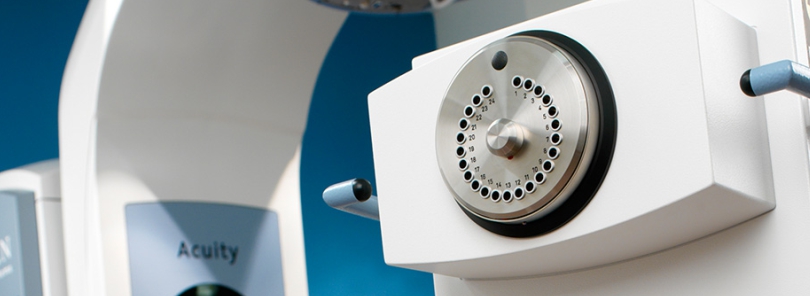Brachytherapy - Neolife Bucharest Internal Radiotherapy
Brachytherapy
In case of this treatment approach, the source of ionising radiation is placed in the proximity or inside the neoplastic tissues (brachy-short distance).
The two diseases for which brachytherapy is most frequently used are cervical cancer (of the uterine cervix) and prostate cancer.
The procedure can be used in many other types of cancer, such as:
In the gynaecological area, brachytherapy can be performed without surgery, in ambulatory.
For the treatment of breast cancer, it is necessary to place applicators that provide radiations inside the breast after mastectomy, and this procedure involves surgery.
Intracavitary brachytherapy is performed in short sessions of 2-4 minutes, depending on the type of treatment, specifically whether it is curative or postoperative.
The procedure consists in inserting applicators around the tumour tissue, fixing them with a special clip in order to secure them on position, and then connecting them to a device called Selectron. The Selectron is specifically programmed, and when is turned on, sends a small number of pellets of radioactive material through the applicators, so that they are delivered to the end around the tumour tissue. These pellets issue a very intense ionising radiation around the cancer and the cervical part, but the radiation only penetrates a limited distance, therefore the surrounding normal tissues are relatively unharmed, and the side effects are reduced to the minimum. Depending on the prescribed dose, the applicators can remain placed on that position from one minute to several days.
In some centers, radioactive sources of higher intensity are used, with a device called Microselectron. In this case, the duration of a session is reduced to several minutes, but it is possible to be less comfortable and there is a higher risk of complications. The radioactive sources are applied in devices previously placed around the tumour tissue, and this type of brachytherapy also being known as post-application.

Systemic therapy with radioactive isotopes
In case of this therapy, a radioactive substance is introduced in the body, either in the form of a tablet that is swallowed, or in form of a substance injected intravenously. In both cases, the isotope enters the Three types of isotopes are used: radioactive iodine, radioactive phosphorus, and radioactive strontium.
Radioactive iodine is used in the context of some thyroid cancers and for the treatment of some non-neoplastic diseases, such as hyperthyroidism. This mechanism is due to the fact that the body concentrates iodine in the thyroid tissue, so that after the administration of a radioactive iodine capsule, it accumulates in the thyroid gland and remains in insignificant quantities in the other tissues.
